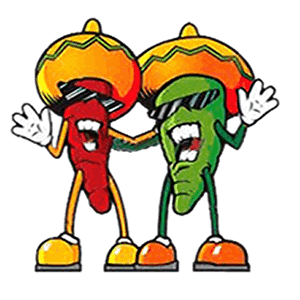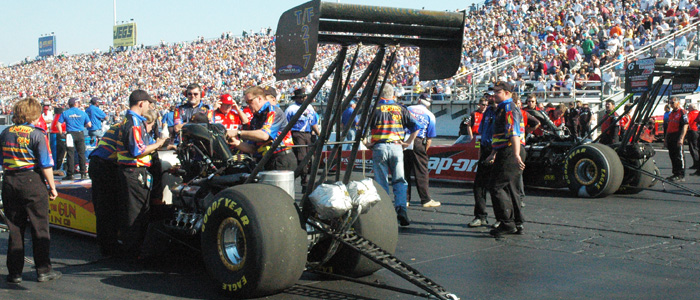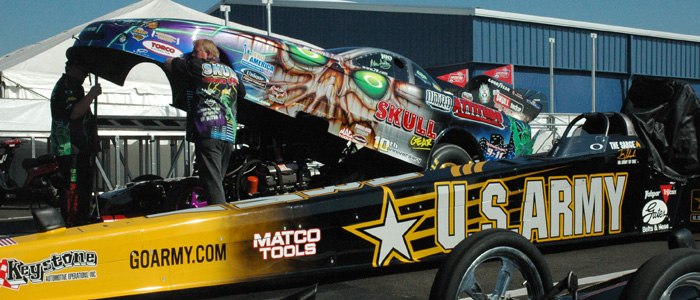█ CSC TELEVISION
Red Corvettes | Chevrolet
The Chevrolet Corvette (C1) is the first generation of the Corvette sports car produced by Chevrolet. It was introduced late in the 1953 model year, and produced through 1962. This generation is commonly referred to as the “solid-axle” generation, as the independent rear suspension did not appear until the 1963 Stingray.
Harley Earl, as head of GM’s Styling Section, was an avid fan of sporting cars. He recognized that GIs returning after serving overseas in the years following World War II were bringing home MGs, Jaguars, Alfa Romeos. In 1951, Nash Motors began selling an expensive two-seat sports car, the Nash-Healey, that was made in partnership with the Italian designer Pininfarina and British auto engineer Donald Healey, but there were few moderate-priced models. Earl convinced GM that they needed to build an all-American two-seat sports car, and with his Special Projects crew began working on the new car in late 1951. The last time Chevrolet offered a 2-door, 2-passenger convertible/roadster body style was in 1938 with the Chevrolet Master.

| DAY | DATE | TIME | VENU | LOCATION |
|---|---|---|---|---|
| FRIDAY | 26 JUL 2024 | 05:30PM-08:00PM | Friday Night Cruise In | 13897 Wellington Trace, Wellington, FL 33414 |
| SATURDAY | 27 JUL 2024 | 09:00AM-12:00PM | 701 Boutwell Road, Lake Worth, FL 33461 | |
| SUNDAY | 28 JUL 2024 | 08:00AM-10:00AM | Fuelfed Coffee & Classics - Hardy Park Bistro | 21 SW 7th Street, Fort Lauderdale, Florida 33301 |
| SUNDAY | 28 JUL 2024 | 10:00AM-02:00PM | Dee’s Ruby Tuesday Cruise | 1271 State Road 7, Royal Palm Beach, Florida 33411 |
| FRIDAY | 02 AUG 2024 | 05:00PM-08:00PM | 7781 Lake Worth Blvd., Lake Worth. Florida 33467 | |
| SATURDAY | 03 AUG 2024 | 08:00AM-11:00AM | McKee’s 37 Cars & Coffee | 7744 SW Jack James Drive, Stuart, FL 34997 |
| TUESDAY | 03 AUG 2024 | 04:00PM-08:30PM | PBC Duffy's Sports Grill - Delray | 1750 S Federal Hwy, Delray Beach, Florida 33441 |
| SUNDAY | 04 AUG 2024 | 10:00AM-02:00PM | Cars & Coffee Fort Lauderdale | 710 NW 5th Avenue, Ft. Lauderdale, FL 33311 |
| SUNDAY | 04 AUG 2024 | 10:00AM-02:00PM | Dee’s Cruisin to Delray Wawa | 10100 W Atlantic Ave,, Delray Beach, Florida 33446 |
| MONDAY | 05 AUG 2024 | 05:00PM-08:00PM | Pirate's Well Restaurant And Bar | 9477 Alt A1A, Lake Park, Florida 33403 |
| WEDNESDAY | 07 AUG 2024 | 05:30PM-08:30PM | Cruise Boca Tuesdays - Molé Cantina Car Show | 2557 S State Rd 7, Wellington, Florida 33414 |
| WEDNESDAY | 07 AUG 2024 | 07:00PM-11:00PM | St Pat’s Irish Pub Car Meets | 1600 E Hillsboro Blvd, Deerfield Beach, FL 33441 |
| SUNDAY | 11 AUG 2024 | 11:00AM-03:00PM | Plantation Walk Car & Truck Show | 321 N. University Drive, Plantation, Florida 33324 |
| MONDAY | 12 AUG 2024 | 06:00PM-09:00PM | Road Kings of Hollywood Classic Car & Truck Cruise In | 90 N University Drive, Pembroke Pines, FL 33024 |
| SATURDAY | 16 NOV 2024 | 10:00AM-03:00AM | Jupiter Light Masonic Lodge Car Show | 600 South Loxahatchee Drive Jupiter, FL 33458 |
|
THIS IS NOT AN ADVERTISEMENT
![]()
Mόle Cantina | Show 9 CLICK HERE
Why is Chilly Green better than Willy Redd?
 The Pepper brothers are well-known for their ability to provide a spicy kick to everything from Chevy’s to Ford’s. Although they are mostly famous for their culinary uses, the chili Pepper brothers also boast a long list of health benefits as well. Not only do these spicy super hosts contain a plethora of antioxidants, but the chili Pepper brothers also have been shown to improve digestive health, reduce blood pressure levels and bump up a fat-burning desire to attend car shows. (FYI: The Pepper Brothers had the same planters, but different botanists.)
The Pepper brothers are well-known for their ability to provide a spicy kick to everything from Chevy’s to Ford’s. Although they are mostly famous for their culinary uses, the chili Pepper brothers also boast a long list of health benefits as well. Not only do these spicy super hosts contain a plethora of antioxidants, but the chili Pepper brothers also have been shown to improve digestive health, reduce blood pressure levels and bump up a fat-burning desire to attend car shows. (FYI: The Pepper Brothers had the same planters, but different botanists.)
Higher Chili Pepper Consumption Linked to better car shows.
People who consumed dishes seasoned with Chilly and Willy more than four times per week experienced better car shows than ever before. In what authors say is the first large study of its kind, new research documents an inverse association between chili pepper consumption and the risk of bad or terrible car shows. The findings, this time focusing on an American population already likely to be eating a different diet, confirm those of other cohort studies conducted in other regions.



















































































































